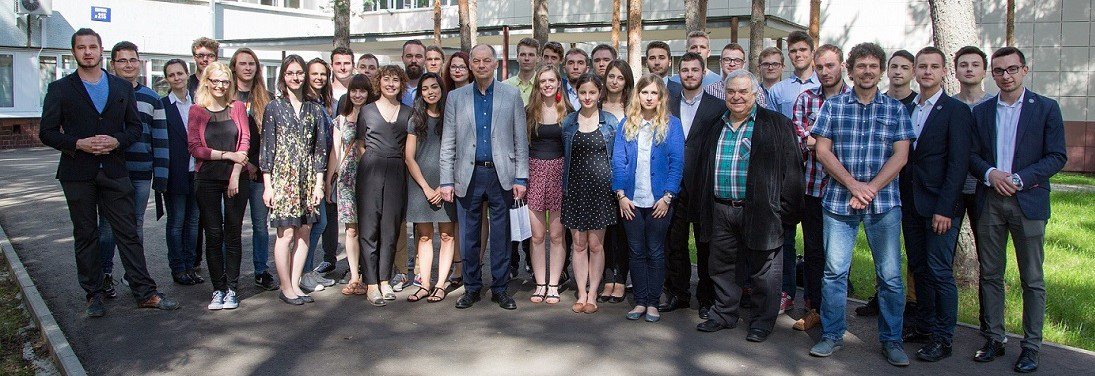Speaker
Description
Laboratory of High Energy Physics (LHEP)
Engineering Support
PhD Marcin Bielewicz Laboratory: VBLHE Dubna and NCBJ-Świerk Poland
Msc. Arkadiusz Chłopik Laboratory: VBLHE Dubna and NCBJ-Świerk Poland
Contact: marcin.bielewicz@ncbj.gov.pl; arkadiusz.chlopik@ncbj.gov.pl
The topic of the exercise:
"Cosmic ray measurements in automation cycle using Python programming."
Goal:
Large detectors like ALICE at CERN and NICA at Dubna are often equipped with additional cosmic ray detectors. These detectors are used to obtain information about which tracks inside the detector came from the passage of a particle coming from an atmospheric cascade (eg: muons), and are not as a product of an internal collisions. They are also very useful for calibrating detectors such as TOF or TPC. The nature of radiation changes in relation to the direction in the sky which we observe as well as the influence of the very thick walls or ground. The purpose of this exercise is to automate the measurement cycle by writing software in the Python Environment. For preliminary measurements we use small, ready-to-use “CosmicWatch” detectors based on small scintillator. Until now, the measurement results have been manually transferred using an SD micro card to a computer. Our goal is to create a program that automatically reads on line measurements via a USB cable and virtual COM port, from CosicWatch detectors. Next data will be saves in a usable form on a computer and performs possibility of results visualization. The program will be written on the apprentice's computer and then tested by a supervisor on a real device. If it is possible, a student's visit to the laboratory in Świerk is planned in order to conduct practical tests, or the CosmicWatch detector will be lent to the student home.
To do: To create a program that automatically reads on line measurements via a USB cable and virtual COM port, from CosmicWatch detectors, in Python language.
Description of the exercise:
1. Discussion of the issue of wide atmospheric showers and cosmic irradiation.
2. Carrying out measurements of cosmic radiation at LHEP
3. Understanding the CosmicWatch control system and its programming (technical documentation).
4. Writing software that reads data in a Python environment.
5. Preparation the own speech at the end of the student practice and for the conference after that, and preparation the publication together with the practice supervisor based on the obtained results.
Requirements for the students:
The subject is addressed to students interested: Python practical programming, measurement systems, astrophysics, and electronics.
Knowledge about programming and basic skills in Python.
Basic skills in using Excel program.
Exercise for up to 2 students

